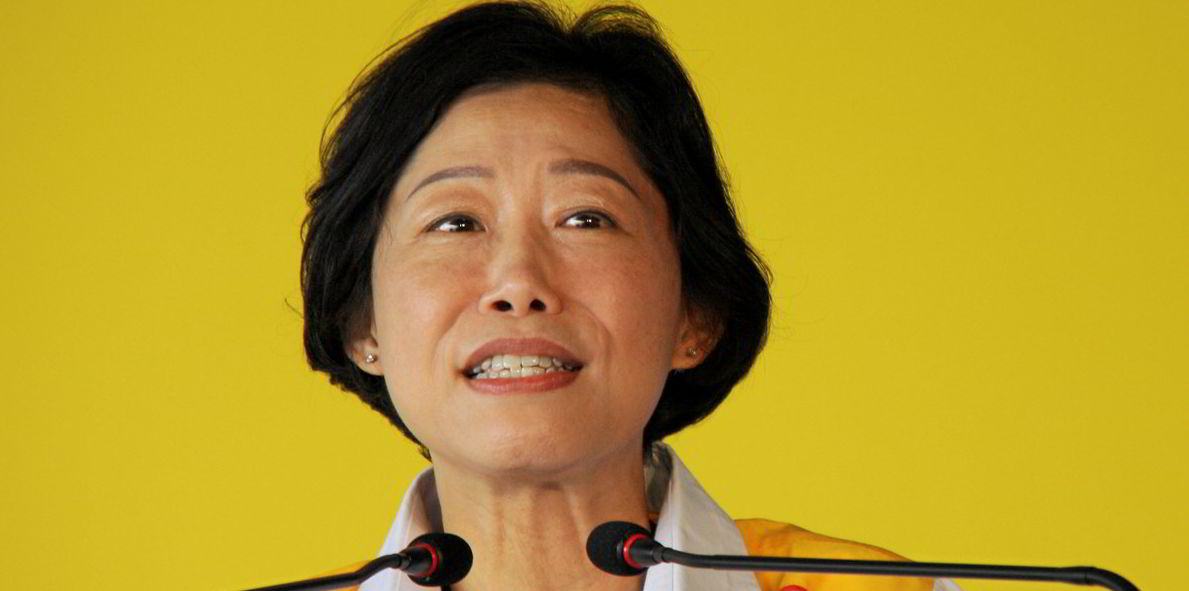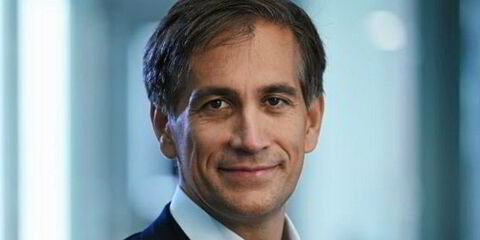Shell Eastern Trading and the Maritime & Port Authority of Singapore (MPA) have signed a memorandum of understanding (MOU) to expand collaboration on shipping decarbonisation.
As part of the five-year agreement, the two parties will work together to advance the adoption of electric harbour craft and the development of low and zero-carbon fuels.
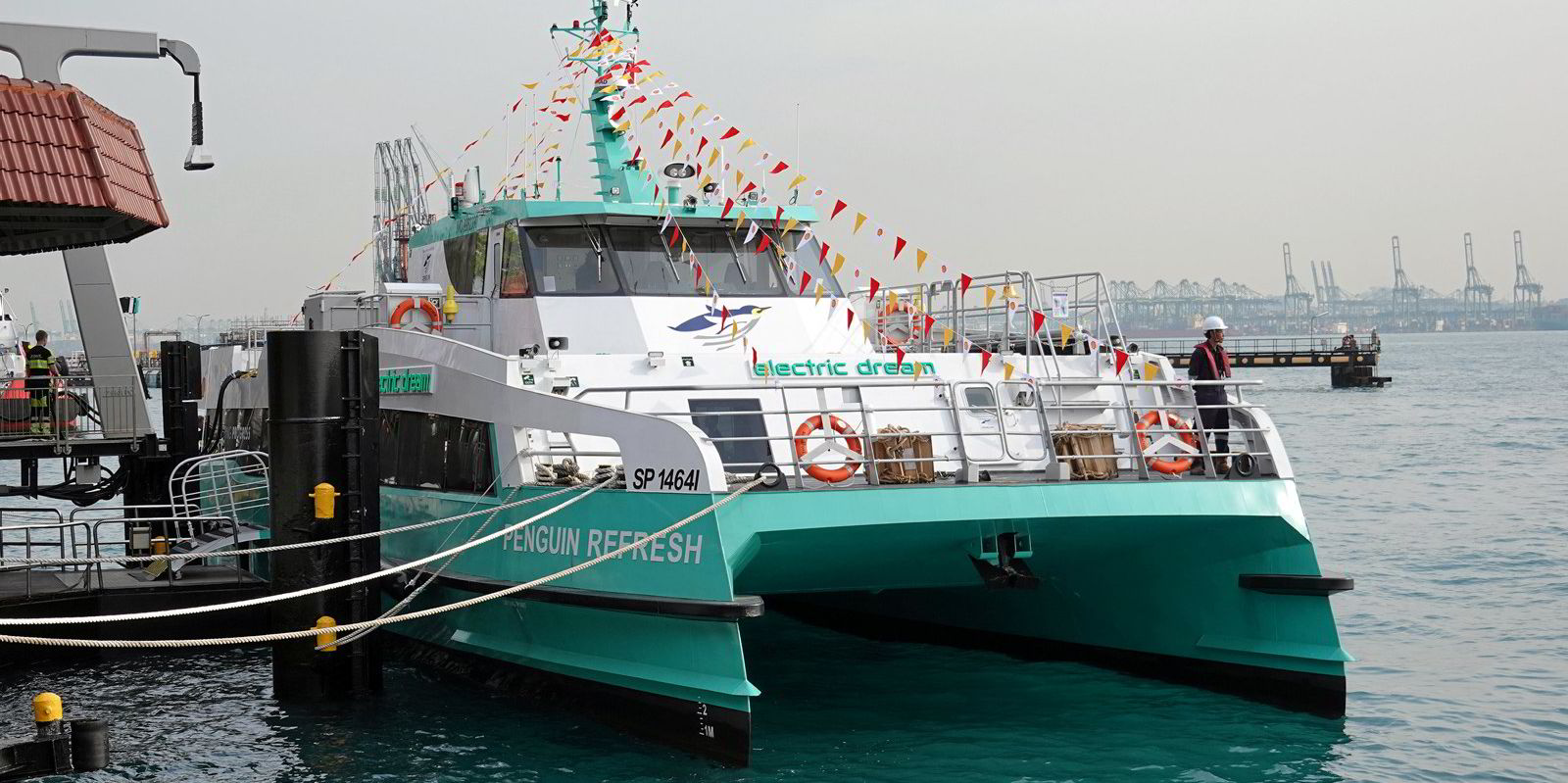
The MOU was signed at Shell’s refinery on Pulau Bukom on Monday, where the energy giant unveiled its long-awaited new electric ferry, the Penguin Refresh.
Built, owned and operated by Singapore-based Penguin International, the battery-powered commuter ferry is the first of three identical vessels in the Electric Dream Project collaboration between Penguin and Shell that will shuttle the refinery’s employees and visitors from the Singapore mainland to Bukom.
Capable of carrying 200 passengers, the Penguin Refresh, with a service speed of 21 knots, is faster than most battery-powered ferries. It is also the first fully electric ferry in Singapore and the first of the type for Shell globally.
Aw Kah Peng, chairman of Shell Companies in Singapore, said Electric Dream was a result of a 2017 MOU that Shell signed with the MPA to look at clean energy solutions.
“At the time, we had no idea what it meant,” she said.
Shell determined that electrifying the Pulau Bukom ferry service would be a good start to reducing emissions, but Aw admitted being first out of the gate presented challenges.
“There was no local precedence … we had to prove that electrification could be viable, and then we had to convince our partners, many of whom believed it was not viable… The quotations we received were astronomical,” she said.
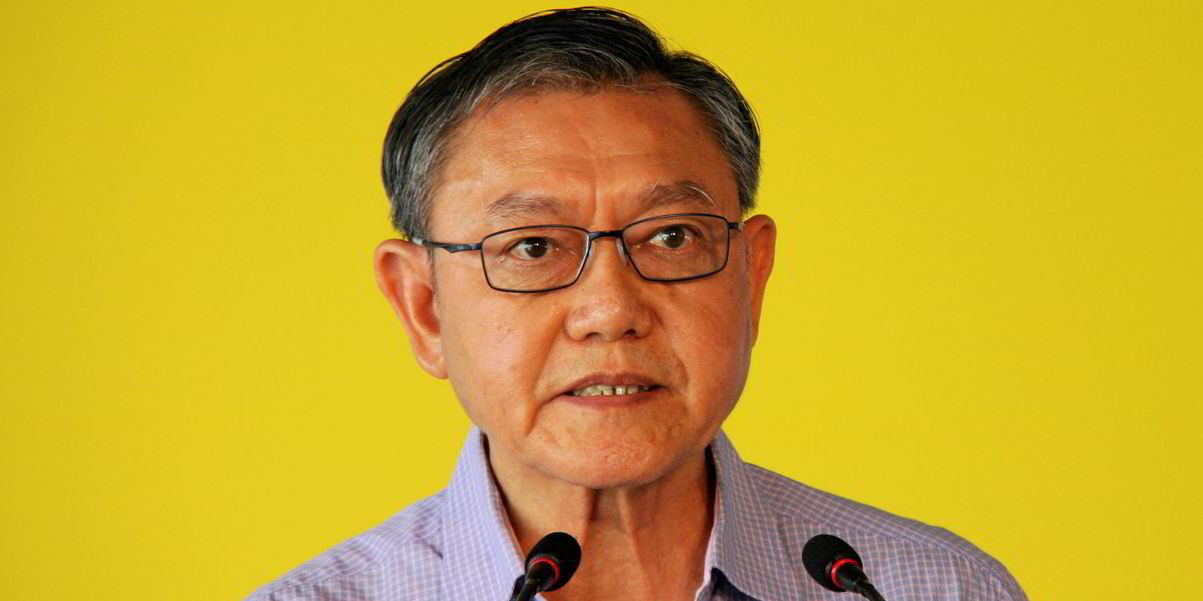
Penguin International, a shipbuilder and ferry operator, took up the challenge. Chairman Jeffrey Hing described Electric Dream as Penguin’s “most far-reaching investment by far”.
He described Penguin’s dive into electric ferries as “a one-way trip with no turning back”.
Nick Potter, Shell’s general manager for shipping & maritime in Asia, Pacific and the Middle East, conceded that the capital costs to build the ferries and the land-based power charging infrastructure are much higher than building conventional vessels, but he told TradeWinds that this balanced out by lower operating and maintenance costs.
For one thing, the operator will not have to buy the 6,258 tonnes of bunkers the three ships would have consumed over a year had they been fitted with conventional diesel engines.
The charging infrastructure for the ferries is on Pulau Bukom, with fast-charging systems at the ferry terminal to give them a six-minute boost between voyages. During off-peak hours and overnight, charging will be via slow charging at the small craft basin on Bukom. This arrangement will allow each ferry to complete five round trips a day.
Electric opportunities

The MPA has set a 2030 goal for all new harbour craft in Singapore to be fully electric, be capable of using 100% biofuels or be compatible with net-zero fuels. In addition, it wants to achieve net zero emissions for harbour craft, pleasure craft and tugboats by 2050.
The MOU between the MPA and Shell will identify energy-related development opportunities, including collaboration on charging infrastructure for electric harbour craft.
The MPA said it will work with Shell to make its charging facilities on Pulau Bukom available for other electric harbour craft users. Shell is also exploring the feasibility of expanding the shore charging infrastructure on the island.
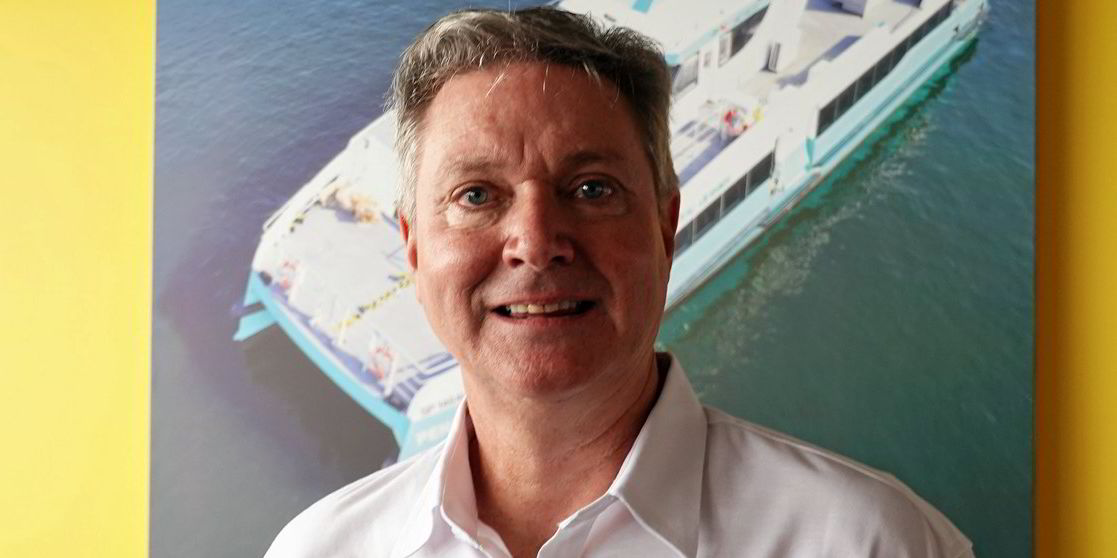
Potter said Shell regards electricity as the sustainability solution for shortsea shipping, and the company is open to looking at all electrical opportunities in Singapore, with solutions that could potentially include cold-ironing facilities to power deepsea vessels when they are docked alongside a berth.
Shell and the MPA will also work together on the research and development of low and zero-carbon fuels. This includes training crew in handling, operating and maintaining vessels.
The Penguin Refresh is scheduled to enter service in May, followed by its two sister vessels in August. They will replace three of the six conventionally fuelled ferries that currently operate the 12-minute, 5.5-km service to Pulau Bukom.
